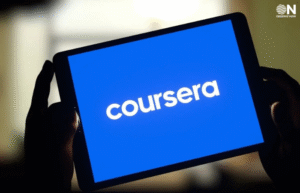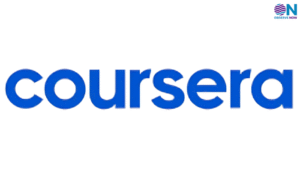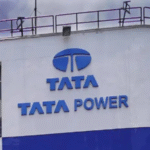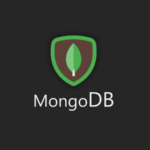EdTech Revolution to the rescue of Traditional Classrooms

The transformation of Indian classrooms amid the EdTech revolution necessitates a comprehensive reimagining of traditional educational approaches. EdTech can serve as a catalyst for innovation, fostering interactive and personalised learning experiences.
Challenges Faced:
The Indian education landscape is marked by challenges such as unequal access to education, outdated curricula, and inadequate funding have persisted. The escalating population presents an additional complication as available resources are not uniformly distributed among different groups.
According to a report from the United Nations Population Fund (UNFPA), 25 percent of the country’s population falls within the 0–14 age group, 18 percent in the 10–19 age bracket, and 26 percent in the 10–24 age range. These demographics contribute to a notable disparity between those residing in affluent neighborhoods and those in comparatively underprivileged areas.
EdTech to The Rescue:
The EdTech revolution offers a transformative opportunity for Indian classrooms, necessitating a comprehensive overhaul of traditional educational paradigms. To meet the evolving needs of the 21st century, there is a pressing need to move beyond conventional teaching methods and embrace technology-driven innovation.
Key aspects of transformation include:
Interactive Learning Platforms: Implementing interactive and engaging digital learning platforms to enhance student participation and understanding. These platforms go beyond traditional teaching methods, incorporating a variety of interactive elements that enhance student understanding and promote active participation.
Personalised Learning: Tailoring education to individual learning styles through adaptive technology, ensuring that students can progress at their own pace. Ed-tech platforms play a crucial role in catering to diverse and individual needs, enabling learners to progress at their speed and fostering a more inclusive learning experience. Furthermore, through adaptive learning algorithms and intelligent tutoring systems, educational platforms can customize content and learning paths to align with the unique strengths, weaknesses, and learning styles of individual students.
Digital Literacy: Integrating digital literacy into the curriculum to equip students with essential skills for the modern world. It can be effectively integrated by defining clear objectives and goals, developing clear standards and benchmarks for digital literacy skills, which align with educational goals and provide a framework for assessment, and incorporating a variety of digital tools and resources (apps, online research tools, collaborative platforms and multimedia content) into lesson plans.
Teacher Training: Providing comprehensive training for educators to effectively integrate and utilize EdTech tools in the classroom is also essential to achieving the desired goal. It is crucial to ensure educators are equipped with the skills and knowledge needed to optimize the use of the ever-evolving technology.
Inclusive Education: Addressing the digital divide by ensuring equitable access to technology for all students, irrespective of their socio-economic background. Inclusive education through EdTech involves leveraging technology to create learning environments that cater to diverse student needs, ensuring equitable access and opportunities for all learners.
Assessment Tools: Implementing technology-driven assessment tools for more accurate and timely evaluation of student progress. These tools play a crucial role in evaluating student understanding, tracking progress, and providing valuable feedback.
Data Security Measures: Implementing robust data security measures to ensure the privacy and safety of student information. Data security is critical to protect sensitive information and ensure the integrity of educational systems.
In addition to the above mentioned, leveraging EdTech to facilitate global connectivity, enabling students to access a broader spectrum of knowledge and perspectives and aligning education with industry demands by incorporating skill development programs that prepare students for the workforce, also bear due consideration. By embracing these transformative elements, Indian classrooms can harness the potential of the EdTech revolution to create a dynamic, inclusive, and future-ready education system. The integration of EdTech tools is a necessity to give shape to a dynamic and forward-looking educational landscape in India.
Author: Aarul Malaviya, Founder, Zamit
Disclaimer: The views expressed in this article are solely those of the author and do not necessarily reflect the opinions or policies of ObserveNow Media. The author is solely responsible for ensuring the accuracy, completeness, and validity of the information presented, encouraging readers to independently verify and seek professional advice if needed.
















